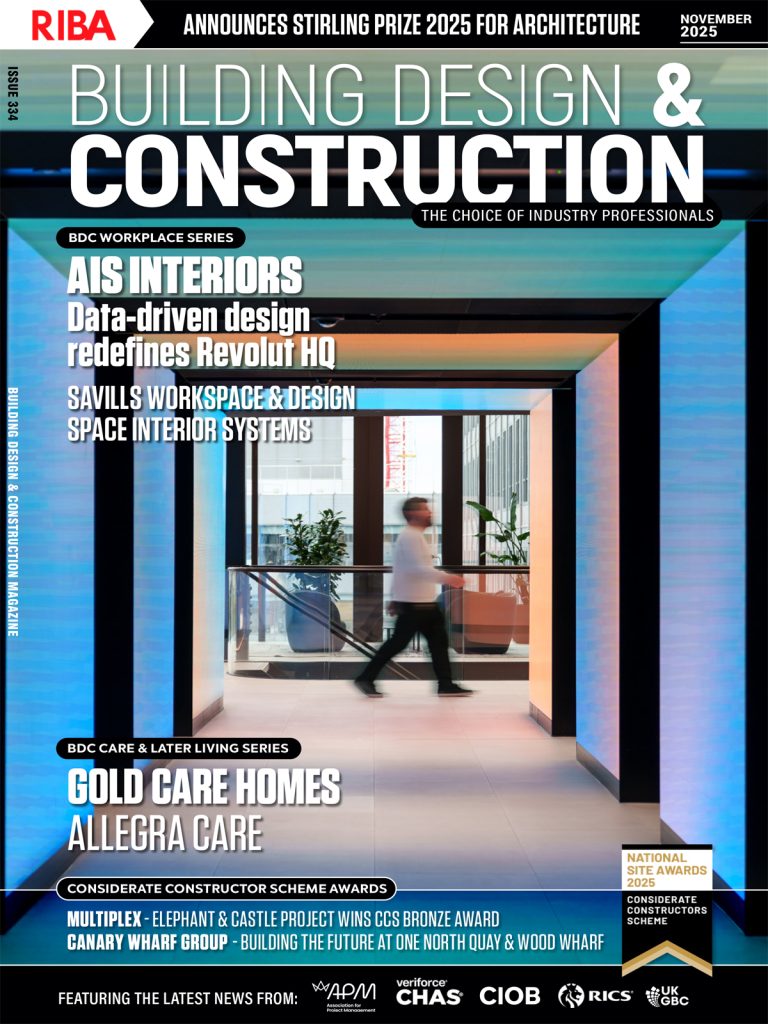It must be every architect’s dream to get a casino commission, the chance to pull out all the stops and go seriously overboard. Because what says opulence like a casino? Well, that may have been the case in times past, but like all creatives, architects like to push boundaries. These days modern casino architecture encompasses all kinds of styles. Here we present six of the most decadent, iconic and intriguing casino buildings in the world today. From classic to ultra-modern, these are some of the most eye-catching and inspiring structures in the world. Casino JOA du Lac du Der, Giffaumont-Champaubert, France The first of our contemporary land based casinos, Casino JOA on the shores of Lac du Der in the north of France could not be more different to the classic designs of Vegas and Monte Carlo. The unassuming structure was designed to blend in with the natural beauty of the area, and in fact from a distance it almost disappears from view. Although it has reasonably good reviews, this is not necessarily a casino to visit as a destination in the same way as some of the more over the top buildings. Probably wiser to stay home and try some online gaming instead – look here for more on new UK online casinos and why playing from your own living room might be your best option. Casino de Monte-Carlo, Monte Carlo, Monaco Starting with a true classic, this is perhaps the archetype of the lavish casino architecture. Unlike the structures in resorts like Las Vegas, this building has been in existence since the late 19th century. It was designed and built as a casino, and although it has undergone some redesigns it retains its period charm and elegance. It’s also a very important establishment for Monaco; for many years it was the main source of revenue for the tiny principality. The Venetian, Las Vegas/Macau These sister resorts represent the height of casino architecture dramatics, with both sites featuring full-size replicas of Venice landmarks, including the Rialto Bridge and the Piazza San Marco. No expense was spared in the construction of this bona fide architectural wonder – the cost of the Vegas resort was estimated at $1.5 billion. And with a Grand Canal holding over three million litres of water and a hand-laid marble floor in the Venetian Colonnade, it’s easy to believe the expense. The Macau iteration also holds the title of the world’s largest casino, and the seventh largest building in the world by floor area. Caesars Palace, Las Vegas, United States The last of our classics is probably the most recognisable casino building in existence. Based on an old-school Hollywood version of Greco-Roman architecture, this 1966 building features casino decorations of marble columns, water features and statues – including an identical life-size replica of Michelangelo’s David. Such is the iconic status of Caesars, that it has featured as a location for several movies including Iron Man, Ocean’s Eleven and The Hangover. Morpheus Hotel, Macau, China Not strictly a casino, but the hotel in Macau’s City of Dreams resort, this intriguing structure was designed by Zaha Hadid Architects and completed in 2018. The building combines the striking and imposing tradition of casino buildings with an ultra-modern aesthetic. A monolithic 42-storey edifice with a twining exoskeleton, the hotel strikes a dramatic pose on the skyline. The interior boasts grand, kaleidoscopic spaces where guests can relax and enjoy their stay. You can visit W88 for the online experience and see more. Casino de Montréal, Quebec, Canada This is not an entirely modern casino, as it was partly created from two buildings that were part of the city’s Expo 67. This took place just a year after Caesars Palace opened its doors, but the design could not be more different. The original pavilions were futuristic concrete, glass and steel constructions housing exhibition spaces for the expo. The buildings were later converted and extended into what is now the Casino de Montréal, and the current structure has been changed significantly while still retaining a retro-futuristic feel. The latest phase of renovation was completed in 2016, and today this is the country’s largest casino. The interior of the former Quebec Pavilion is now an airy, open-plan space on several levels, converging round a circular central column. The effect is reminiscent of the HQ of a top-secret organisation from a big-budget Hollywood movie, or perhaps a lavish science museum.




